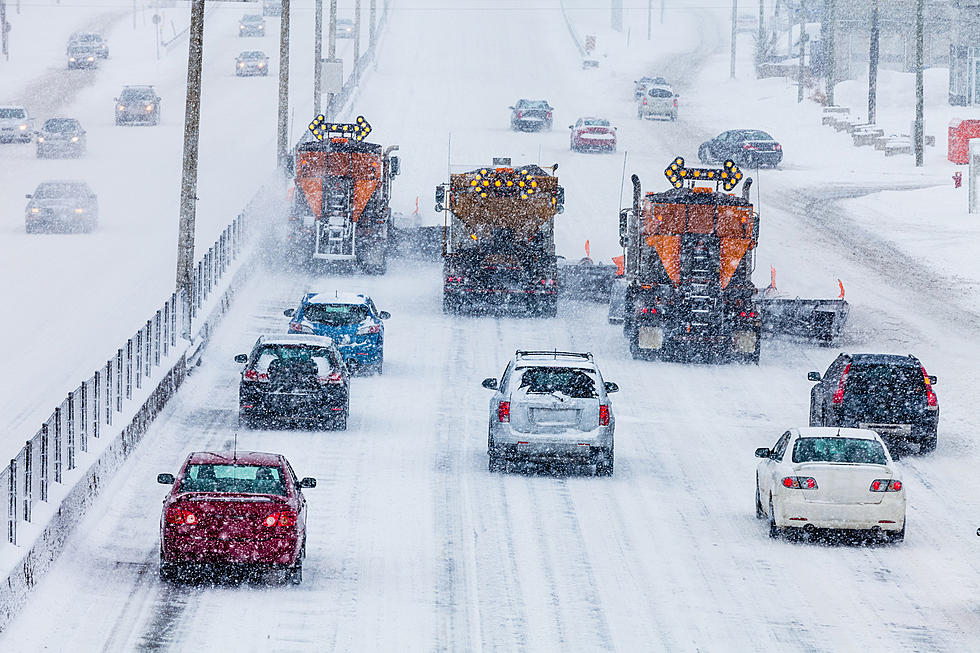
Here’s How Minnesota’s Cold Weather Rule Works
Chances are you've heard about it - but many have questions how Minnesota's Cold Weather Rule works. The program is in place to help utility customers who may be having a tough time making ends meet during the colder, winter months.
The plan goes into effect on October 1 and runs through the winter months, ending on April 30. That period of time provides certain "protections for residential, heat-affected customers....help[ing them] avoid disconnection of service.
First and foremost - it's important to outline what it's not. Minnesota's Cold Weather Rule "does not forbid winter shut-off". It also doesn't turn a blind eye to a customers utility bills.
According to information about the Cold Weather Rule released by Minnesota Power, here's how you avoid disconnection:
"If you receive a shut-off notice during the winter, you must act promptly and call [your utility company] to request Cold Weather Rule protection and set up a payment plan. Your service will be subject to disconnection without further notice if you do not make the agreed-upon payments. [If you can't] keep your payment plan and make a new payment plan to avoid disconnection."
In regards to payment plans, there are some stipulations to meet; the thresholds involve the state median income level:
- If you are at or below 50 percent of the state median income, you are not required to pay more than 10-percent of your monthly household income.
- If you are at more than 50 percent of the state median income, you may make a payment plan with [your utility company].
Click here to see a table that outlines that state median income using numbers correlating to Minnesota.

Cold Weather Rule payment plans can be set up at any time through April 30. You also have the option to ask for an extension for the payment plan - or set up a new payment plan - after April 30. It's worth noting that your service could be shut off if you have a past-due balance after April 30 and do not make and keep to a new payment plan.
Twin Ports Roads To Avoid In The Winter
Haunted Places In The Twin Ports
10 Reasons You Should NOT Move To Duluth / Superior
TIPS: Here's how you can prepare for power outages
LOOK: The most expensive weather and climate disasters in recent decades
More From KRFO-AM





